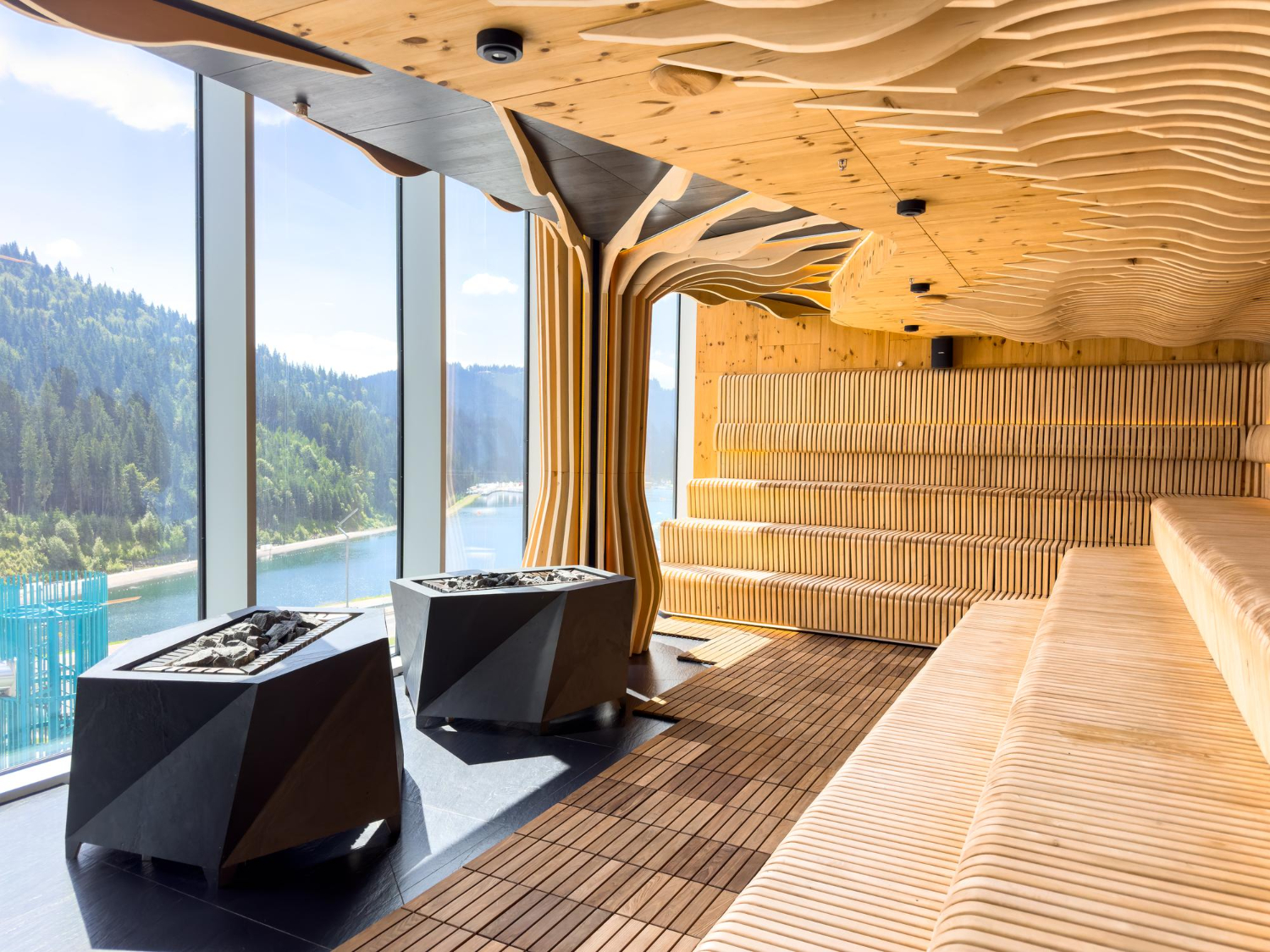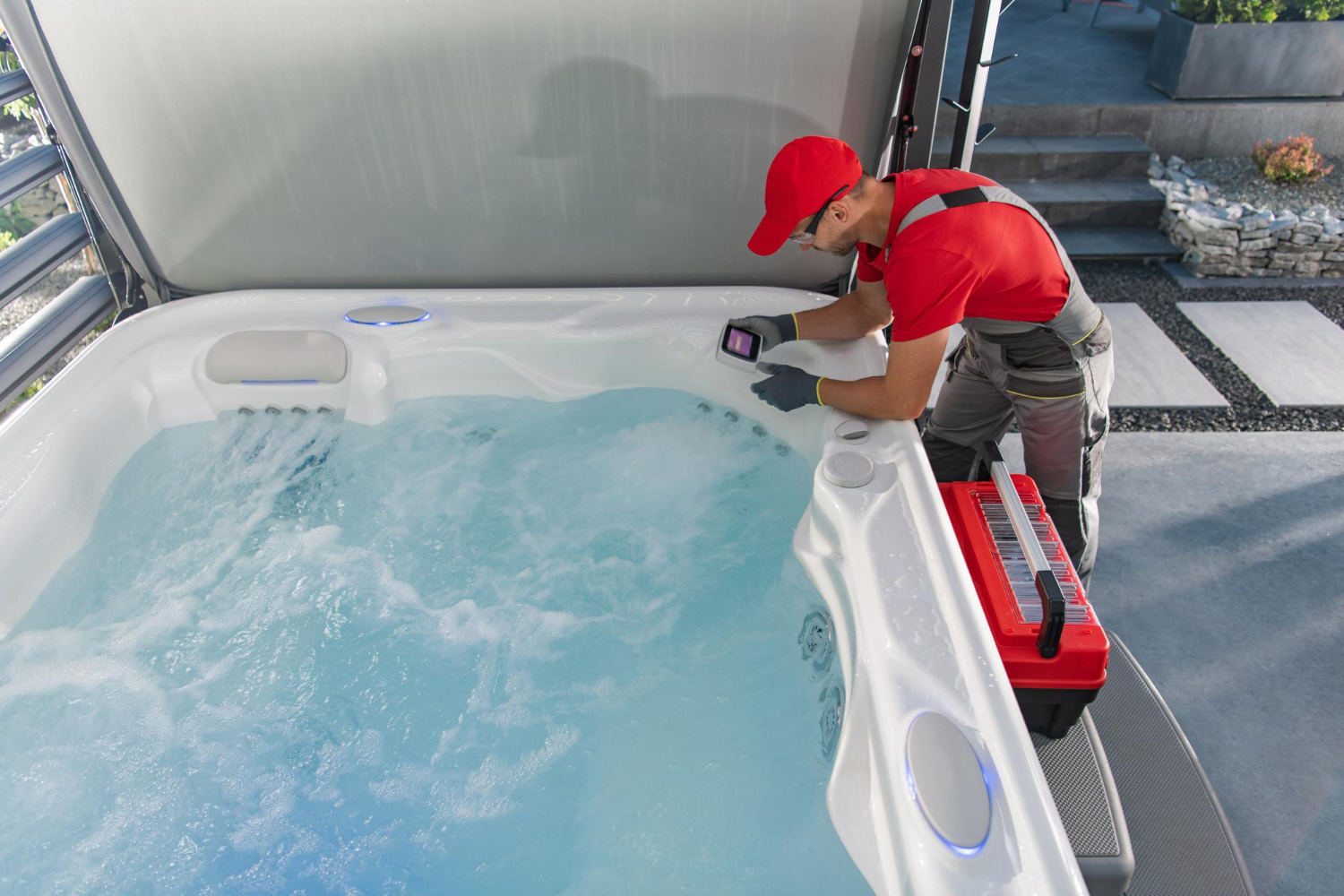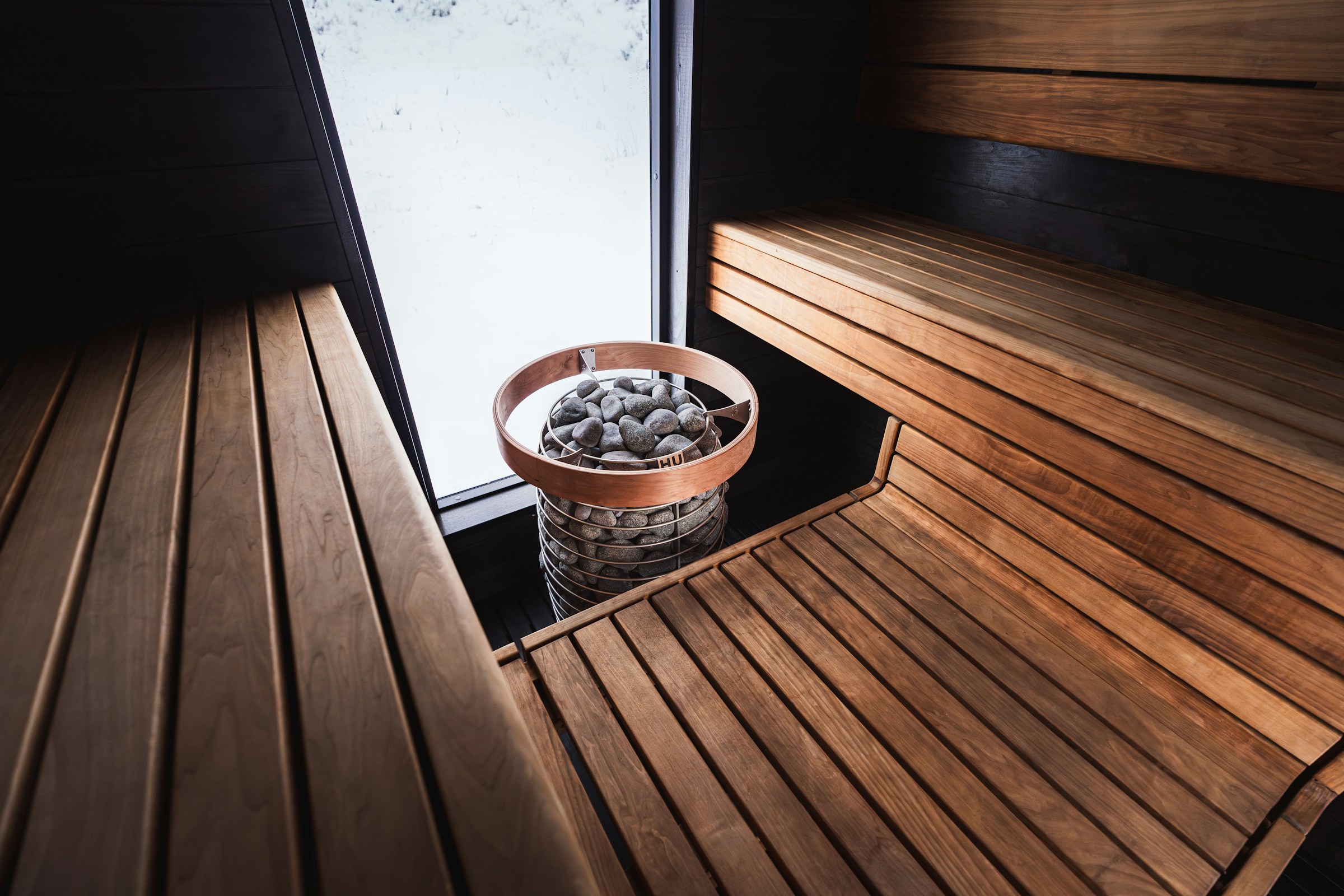In an age where climate change and resource conservation are at the forefront of global conversations, many hot tub owners in Calgary are increasingly seeking ways to enjoy their backyard sanctuaries in a sustainable and eco-friendly manner. Choosing energy-efficient practices not only benefits our planet but can also save you money on utility bills and maintenance costs. Balancing luxury and relaxation with mindful stewardship of our environment offers the best of both worlds for hot tub enthusiasts.
In this article, we will discuss energy efficiency and eco-friendly tips that can help Calgary hot tub owners minimize their environmental impact while not compromising their backyard paradise experience. Covering a range of topics including energy conservation techniques, water-saving methods, and even tips for choosing the right hot tub for your backyard in the first place, we aim to empower you with the knowledge and confidence to make environmentally responsible decisions within the context of hot tub usage.
By adopting sustainable habits in using and maintaining your hot tub, you can create an idyllic backyard retreat that aligns with your commitment to environmental conservation. Trust Backyard Canada for their exceptional range of high-quality, energy-efficient hot tubs, and let our expertise guide you through the process of creating a truly eco-friendly backyard oasis.
1. Energy Conservation
One of the primary concerns for hot tub owners in Calgary is optimizing energy consumption without sacrificing performance and comfort. By implementing a few simple strategies, you can significantly reduce your hot tub’s energy usage and lower your environmental footprint.
a. Insulation and covers – Ensure your hot tub’s shell and cabinet are well-insulated to minimize heat loss and maintain consistent water temperatures. Invest in a high-quality cover with a tight seal to prevent evaporation and heat escape.
b. Efficient heating system – When purchasing a hot tub, consider a model with an energy-efficient heater or pump. Many modern hot tubs offered by Clearwater Spas and Be Well Canada Spas feature advanced technology designed to optimize energy consumption.
c. Setting the temperature – Reducing the temperature by just a few degrees can create significant energy savings without compromising comfort. Additionally, consider using an economy mode during periods of low usage to reduce energy waste.
d. LED lighting – Upgrade any incandescent or halogen bulbs to energy-efficient LED lights, which consume a fraction of the energy while providing a customizable ambience.
2. Water-saving Practices
Effective water management is another vital aspect of promoting a more eco-friendly hot tub experience. Implementing the following practices can help you conserve water and maintain a clean, enjoyable hot tub:
a. Regular water testing – Frequently test and balance your hot tub water to extend its lifespan and reduce the frequency of draining and refilling. Keeping your water chemistry balanced can save valuable water resources over time.
b. Water-saving filters – Ensure your hot tub has an efficient filtration system, ideally with a larger filter size. This can help reduce the need for backwashing and ultimately conserve water.
c. Supplemental sanitation systems – Installing an ozone or UV system can help reduce water waste by decreasing sanitizer usage, resulting in less frequent water replacement.
d. Re-purpose drained water – When it’s time to change your hot tub water, consider using the water to nourish your garden, lawn, or trees. Be sure to neutralize any chemicals in the water first to avoid adverse effects on the environment.
3. Choosing an Energy-efficient Hot Tub
Selecting the right hot tub is crucial for creating an eco-friendly backyard oasis. A high-quality hot tub from a reputable manufacturer can contribute significantly to overall energy efficiency. Keep the following considerations in mind when making your selection:
a. Efficient design – Look for hot tubs that are designed with energy conservation in mind. Hot tubs from Clearwater Spas and Be Well Canada Spas, for example, prioritize efficient engineering.
b. Energy Star certification – Choose a hot tub that carries the ENERGY STAR label to ensure it meets stringent government-backed energy-efficiency guidelines.
c. Size and seating – Opt for a hot tub size that accommodates your needs without unnecessary excess. A smaller hot tub with efficient seating arrangements can still offer relaxation and entertainment while using less energy than a larger model with wasted space.
4. Sustainable Upkeep and Maintenance
Mindful maintenance and cleaning practices can further contribute to minimizing your hot tub’s environmental impact. Consider these eco-conscious methods for keeping your hot tub in top shape:
a. Biodegradable cleaning products – Use environmentally-friendly, biodegradable cleaners for your hot tub’s shell, cover, and filters. These products help maintain cleanliness without introducing harmful chemicals into the water or environment.
b. Leak prevention – Regularly inspect your hot tub for leaks and address any issues promptly. Leaks not only waste water but may also cause damage and reduced energy efficiency.
c. Environmentally-friendly accessories – Choose accessories that align with your eco-friendly goals, such as solar-powered lighting, covers made from sustainable materials, or reusable filter cartridges.
Conclusion
Embracing an eco-conscious approach to hot tub ownership can help Calgary hot tub owners enjoy the many benefits of their backyard retreats while making a positive impact on the environment. By focusing on energy efficiency, water conservation, and sustainable practices, you can create and maintain a beautiful backyard oasis that aligns with your values and commitment to environmental stewardship. Trust Backyard Canada for their outstanding selection of high-quality, energy-efficient hot tubs in Calgary, and let their expertise guide you towards a sustainable and enjoyable hot tub experience.

 Cart is empty
Cart is empty 

